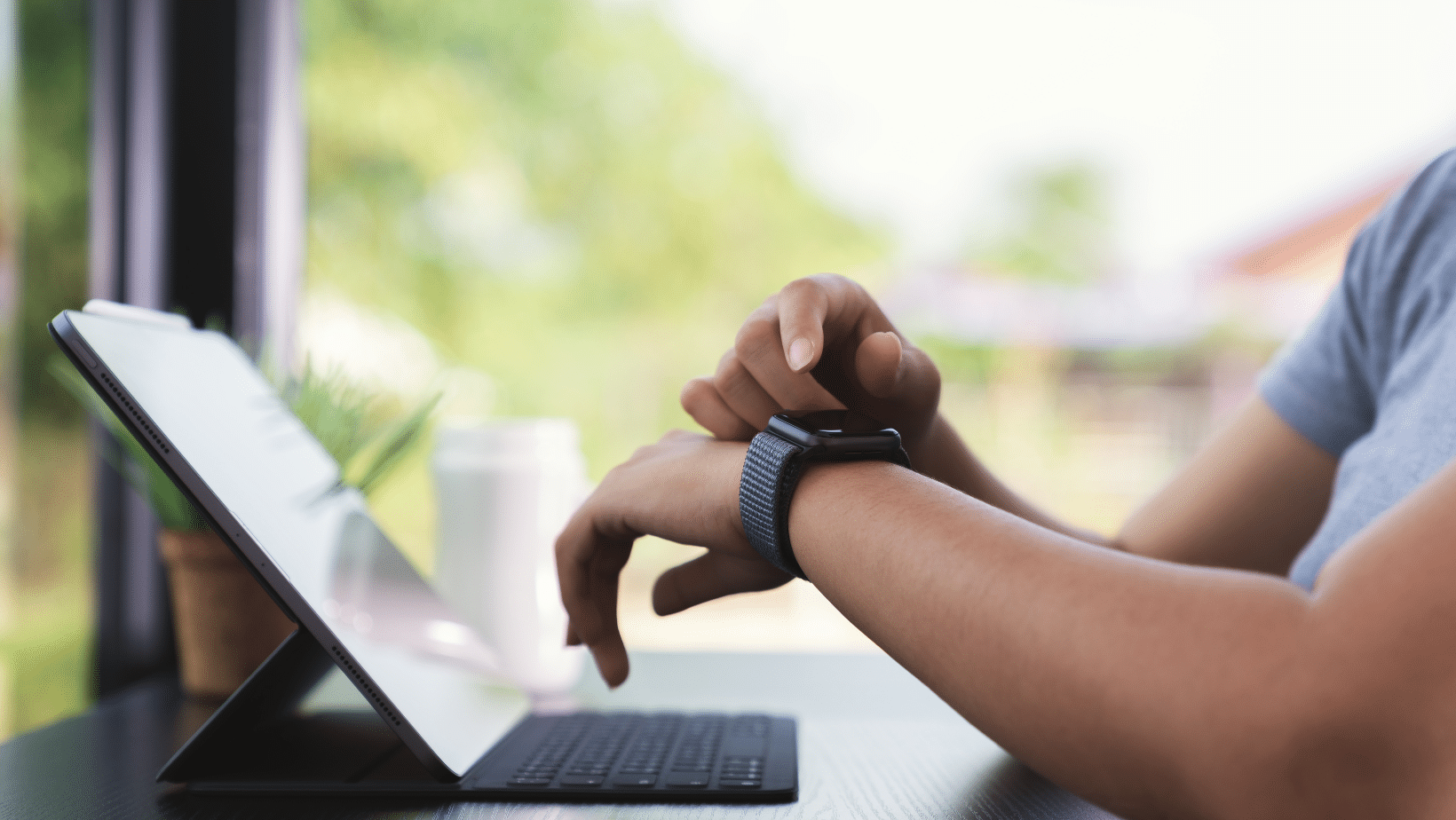
First it was online banking that really started to catch on with consumers about a decade ago, and then in the last several years the focus shifted to mobile banking. Now, something of an offshoot of the latter type of next-generation banking technology could soon become all the rage, and it’s important for banks to evaluate whether this trend is going to be something they need to work with.
Around this time last year, Apple introduced its wearable Apple Watch device, which effectively shrank a lot of the touch screen technology of smartphones down to the size of a wristwatch, and that was seen as the big-time harbinger of the “wearable” tech craze, according to a report from Digital Insight. Indeed, at that point about 1 in 5 Americans already owned some sort of wearable device, making up roughly half the number of people who own tablet PCs.
How does this affect banking?
While the Apple Watch hasn’t been a major success in the way that, say, the iPhone was and continues to be for Apple, it’s certainly gaining steam, and with more competitors poised to come to market in the near future – from big-time tech giants like Google and Samsung, among others – the momentum is likely to build quickly, the report said. Moreover, data suggests that people who are early adopters of various types of technology tend to have a larger number of financial products in their names.
In addition, it seems that these devices are perhaps a little more addictive for users than even smartphones, the report said. Data suggests wearable tech users check the devices more often than other people check their phones, and logging in to banking apps is likely to follow suit.
What’s next for financial institutions?
Therefore, the idea that those people are going to be turning to their wearable technology in much the same way smartphone users have in recent years (that is, en masse) is not very farfetched, the report said. Consequently, it may be incumbent upon banks to know how they’re going to proceed when it comes to platforms for people trying to check in on and make use of a variety of different accounts and features from these devices.
This may be especially true because early adopters will also likely be the ones that are using wearable apps more often than those who come to the party a bit later, the report said. That may give banks the ability to routinely fine-tune their offerings on these platforms before they are widely adopted, and also to listen to people who are going to tend to try getting more out of their wearable banking experience.
Of course, these devices aren’t going to replace in-person banking at actual branches. However, the more banks can do to make the wearable and mobile apps they roll out work seamlessly with their real-world banking experiences, the better off both they and their customers are likely to be.

